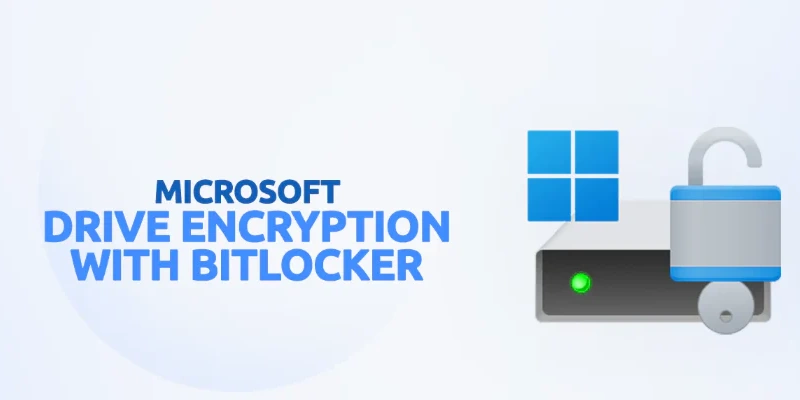🔐 Introduction to Device Encryption
Full disk encryption ensures your data stays safe even if your device is lost or stolen. Windows provides two major encryption tools: Device Encryption and BitLocker Drive Encryption. Each serves different user needs and hardware capabilities.
💻 What Is Device Encryption?
Device Encryption is a built-in Windows feature that automatically encrypts your system and fixed drives when you sign in with a Microsoft account or a work or school account. It offers a seamless setup process and is especially useful for casual users who prefer not to deal with manual encryption steps.
Unlike BitLocker, Device Encryption is available on more Windows editions, including Windows Home. However, it does not turn on automatically for local accounts.
🧩 Enabling Device Encryption
If Device Encryption is not already enabled, here is how to turn it on:
Sign in with an administrator account
Open Settings > Privacy & security > Device encryption
Or use this shortcut:ms-settings:deviceencryptionUse the toggle to turn Device Encryption on
Once enabled, a recovery key is stored in your Microsoft or organization account. You can use this key to regain access if you forget your password or your device fails.

🔒 What Is BitLocker Drive Encryption?
BitLocker Drive Encryption is a more advanced tool, designed for Windows Pro, Enterprise and Education editions. It allows users to manually encrypt any drive, including internal system drives and external USBs.
Organizations often enforce BitLocker through IT policies to ensure compliance and security across managed devices.
🧭 How to Access BitLocker
To access and manage BitLocker:
Sign in with an administrator account
Search for BitLocker in the Start menu
Select Manage BitLocker
You will see a list of drives categorized as:
Operating system drive (where Windows is installed)
Fixed data drives (e.g. internal hard drives)
Removable drives (e.g. USB flash drives, BitLocker To Go)
⚙️ How to Encrypt a Drive Manually
To encrypt a specific drive:
Go to the BitLocker Drive Encryption panel
Find the drive and click Turn on BitLocker
Choose an unlock method (password or smart card)
Save the recovery key
Let the encryption process complete
📝 You can continue to use your device while the encryption runs in the background.
🔐 BitLocker is not available on Windows Home editions. If you do not see "Manage BitLocker" in your system, your Windows version may not support it.